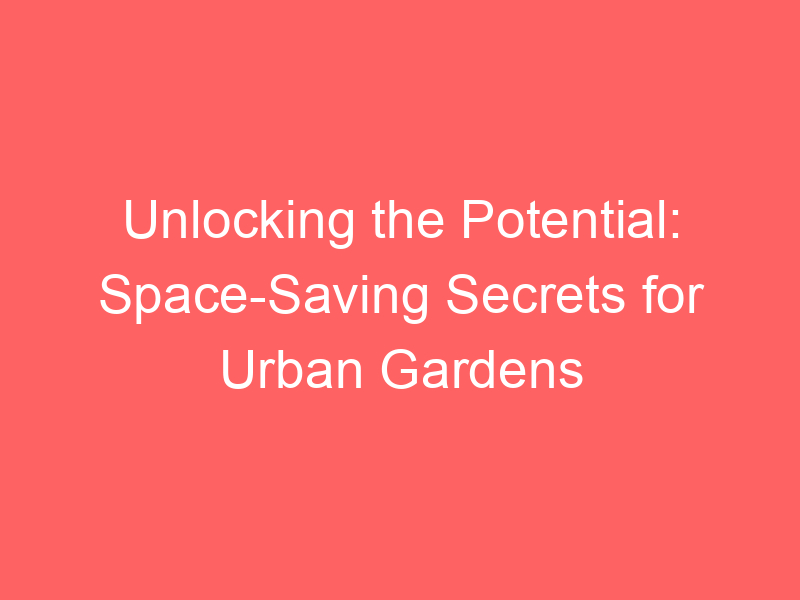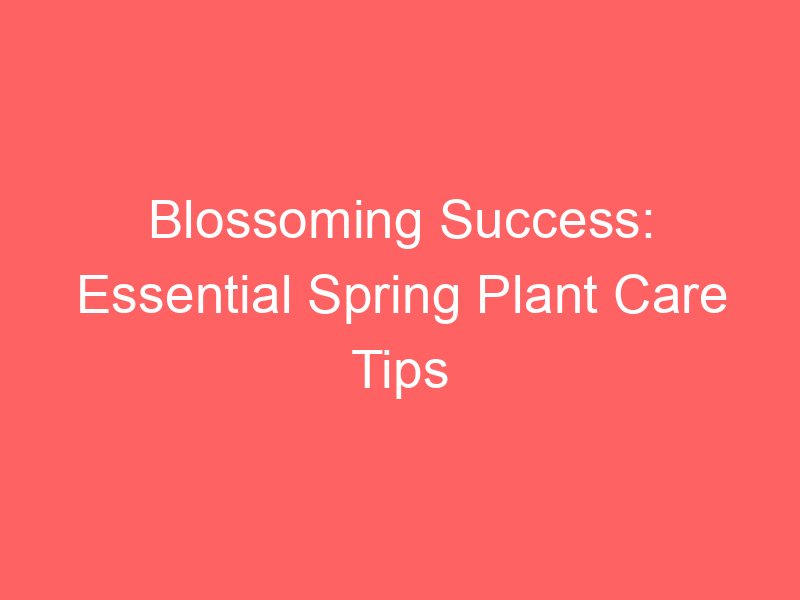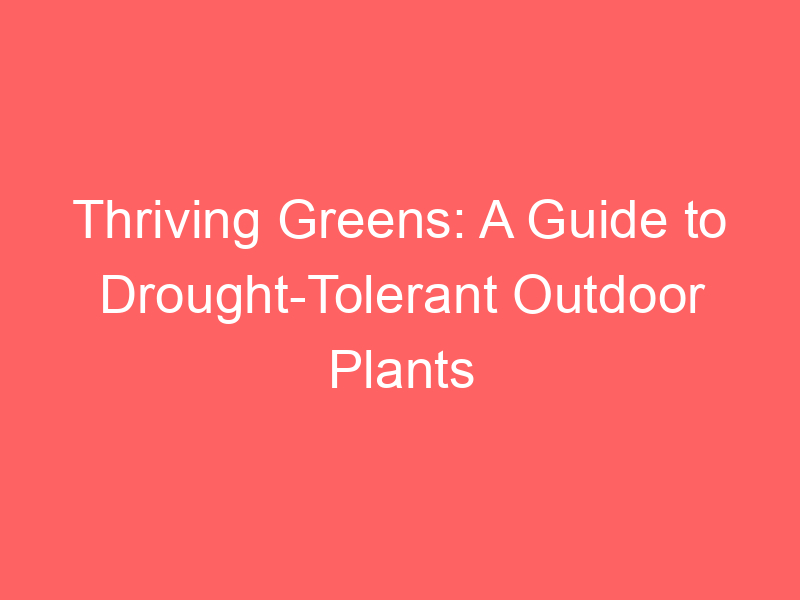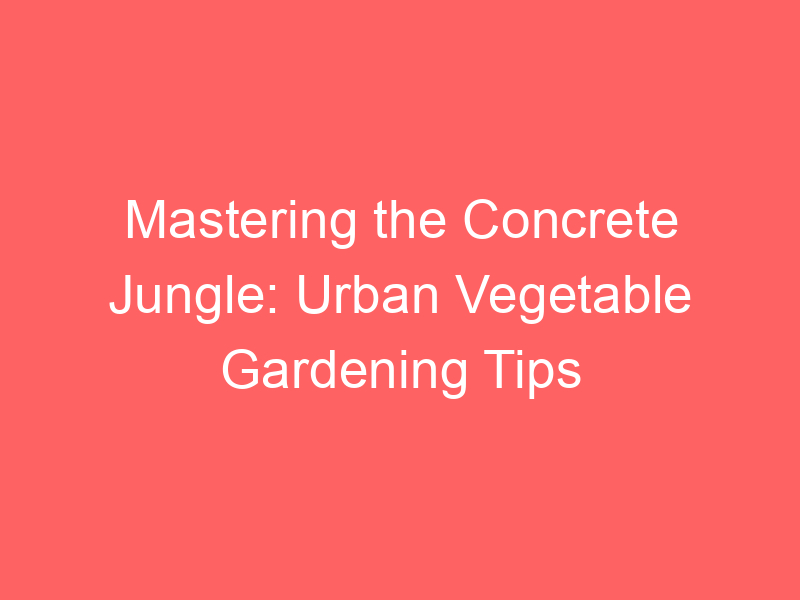Introduction to Urban Gardening
Welcome to the exciting world of urban gardening! This innovative approach to greenery is not just for those with sprawling yards and vast open spaces. Even in the heart of the city, you can cultivate a lush, vibrant garden. Let’s dive into the concept of urban gardening and explore its numerous benefits.
- Understanding the Concept of Urban Gardening
- Benefits of Urban Gardening
- Improves Air Quality: Plants absorb carbon dioxide and release oxygen, helping to purify the air around them.
- Reduces Stress: Gardening has been proven to reduce stress and improve mental health.
- Promotes Healthy Eating: Growing your own fruits and vegetables encourages a healthier diet and lifestyle.
- Creates a Sense of Community: Urban gardens can bring neighbors together and foster a sense of community.
Urban gardening, also known as urban agriculture, is the practice of growing plants within a city or heavily populated town or municipality. It’s all about making the most of the space you have, whether it’s a small balcony, a rooftop, or a tiny backyard. Urban gardening can include everything from growing decorative flowers to cultivating your own vegetables and fruits. It’s a sustainable and rewarding way to bring a touch of nature into your urban living space.
Urban gardening offers a plethora of benefits. Not only does it provide a therapeutic hobby, but it also contributes to a healthier environment. Here are a few key benefits:
These are just a few of the many benefits of urban gardening. As we delve deeper into this topic, we’ll explore more ways in which urban gardening can enhance your life and your environment.
Maximizing Garden Space: Urban Gardening Tips
Urban gardening can be a challenging yet rewarding endeavor. With limited space, it’s crucial to utilize every inch effectively. Here are some tips on how to maximize your garden space and thrive in urban gardening.
Small Garden Design
Designing a small garden requires careful planning and strategic choices. Here are three key steps to consider:
- Planning your garden layout
- Choosing the right plants for small spaces
- Utilizing vertical space
Before you start planting, it’s important to plan your garden layout. Consider the amount of sunlight each area receives, the soil quality, and the proximity to water sources. Draw a simple sketch of your garden and mark where you plan to place each plant. This will help you visualize your garden and ensure that every plant has its place. Garden design is an art, and with a little practice, you can create a beautiful and functional urban garden.
Not all plants are suitable for small spaces. Some plants require a lot of room to grow, while others can thrive in tight spaces. When choosing plants for your urban garden, look for varieties that are compact, slow-growing, or can be easily pruned to maintain a smaller size. Herbs, lettuce, and tomatoes are great choices for small gardens. Also, consider the plant’s light and water requirements to ensure they are compatible with your garden conditions.
When space is at a premium, think vertically. Vertical gardening is a technique that allows you to grow plants upwards instead of outwards, saving valuable ground space. You can use trellises, hanging baskets, or wall-mounted planters to create a vertical garden. Climbing plants like beans, peas, and cucumbers are perfect for vertical gardening. This method not only maximizes space but also adds visual interest to your garden.
With careful planning and the right plant choices, even the smallest spaces can become lush, productive gardens. Remember, the key to successful urban gardening is maximizing every inch of space you have.
Space-Saving Gardening Techniques
When it comes to urban gardening, space is often a precious commodity. But don’t worry, we have some clever techniques that can help you make the most of your limited space. These methods not only save space but also add an aesthetic appeal to your garden.
-
Vertical Gardening
Vertical gardening is a technique that utilizes upward space rather than spreading out. This method is perfect for urban gardeners with limited space. You can grow a variety of plants like herbs, vegetables, and flowers on vertical structures such as walls, fences, or specially designed vertical planters. This technique not only saves space but also creates a beautiful green wall that can act as a natural air purifier. Learn more about vertical gardening from Wikipedia.
-
Container Gardening
Container gardening is another excellent space-saving technique. It involves growing plants in containers instead of planting them in the ground. Containers can be moved around, allowing you to maximize sunlight exposure. They can be placed on balconies, patios, or even indoors. Containers come in various sizes, shapes, and materials, offering a wide range of options to suit your style and needs.
-
Trellis and Climbing Plants
Using trellises and climbing plants is a great way to utilize vertical space in your garden. Trellises can be used to support climbing plants like beans, peas, and cucumbers, or flowering vines like morning glories and clematis. This not only saves space but also adds a beautiful, natural backdrop to your garden. Plus, it’s easier to harvest and maintain plants when they’re off the ground.
These space-saving gardening techniques can transform your small urban garden into a lush, green oasis. Remember, a small space doesn’t mean you can’t have a big garden. It’s all about using the right techniques and a little creativity.
Urban Garden Ideas
One of the most innovative and sustainable ways to bring greenery into our urban lives is through urban farming. Let’s delve into the benefits of urban farming and some successful examples that can inspire you.
Urban Farming
Urban farming, also known as urban agriculture, is the practice of cultivating, processing, and distributing food in or around urban areas. It’s a fantastic way to utilize space and resources in a city setting to grow your own food, beautify your surroundings, and contribute to a more sustainable lifestyle.
- Benefits of Urban Farming
- Food Security: Urban farming can significantly contribute to food security by providing fresh produce within the city.
- Environmental Impact: It helps in reducing the carbon footprint by minimizing the distance food travels from farm to plate.
- Community Building: Urban farms often become community hubs, promoting social interaction and creating a sense of belonging among city dwellers.
- Health and Wellness: Gardening is a great form of physical activity and can help reduce stress levels.
- Examples of Successful Urban Farms
- The Plant, Chicago: This former meatpacking plant in Chicago has been transformed into a zero-waste food production space, housing a variety of food businesses, including a brewery and a bakery. Learn more about The Plant.
- Brooklyn Grange, New York: Brooklyn Grange operates the world’s largest rooftop soil farms, located on two roofs in New York City. They grow over 50,000 lbs of organically-cultivated produce per year. Learn more about Brooklyn Grange.
Urban farming has a multitude of benefits. It not only provides fresh, locally grown food but also contributes to community building and environmental sustainability. Here are some key benefits:
Across the globe, many urban farms have emerged as successful models of urban agriculture. Here are a couple of inspiring examples:
Rooftop Gardening
Transforming your rooftop into a lush, green space is not only a fantastic way to utilize unused space but also provides a myriad of benefits. Let’s delve into the world of rooftop gardening and explore its advantages and how you can start your own.
- Benefits of Rooftop Gardening
- Environmental Impact: Rooftop gardens help reduce the urban heat island effect, a phenomenon where urban areas are significantly warmer than their rural surroundings due to human activities. They also improve air quality by absorbing pollutants and carbon dioxide.
- Energy Efficiency: They provide natural insulation, reducing the need for heating in winter and air conditioning in summer, leading to energy savings.
- Increased Biodiversity: They create habitats for birds, insects, and other wildlife, contributing to increased biodiversity in urban areas. Learn more.
- How to Start a Rooftop Garden
- Check the Feasibility: Before you start, check with a structural engineer to ensure your roof can support the weight of a garden.
- Plan Your Space: Consider the amount of sunlight your roof receives and plan your plant selection accordingly. Also, think about access to water and how you’ll irrigate your plants.
- Choose Your Plants: Opt for plants that are hardy and can withstand the conditions on your roof. Consider using native plants as they are more likely to thrive.
- Start Planting: Once you’ve planned your space and chosen your plants, it’s time to start planting! Remember to regularly water and care for your plants to keep your garden thriving. Learn more.
Rooftop gardens are more than just an aesthetic addition to your home. They offer a multitude of benefits:
Starting a rooftop garden may seem daunting, but with a few simple steps, you can transform your roof into a green oasis:
In conclusion, rooftop gardening is an innovative and beneficial way to utilize unused space. It not only enhances the aesthetic appeal of your home but also contributes to a healthier environment. So, why wait? Start your rooftop garden today and reap the rewards!
Balcony Gardening
One of the most innovative ways to embrace urban gardening is through balcony gardening. This method of gardening is not only practical but also offers a multitude of benefits. Let’s delve into the world of balcony gardening and learn how to start one.
- Benefits of Balcony Gardening
- Space Utilization: Balcony gardens make excellent use of limited urban space, transforming your balcony into a green oasis.
- Improved Air Quality: Plants act as natural air purifiers, removing harmful toxins from the air and providing fresh oxygen.
- Stress Relief: Gardening has been proven to reduce stress and improve mental health. The act of nurturing plants can be a therapeutic activity.
- Homegrown Produce: Depending on the plants you choose, you could have fresh herbs, vegetables, or fruits right at your fingertips.
- How to Start a Balcony Garden
- Assess Your Space: Consider the size of your balcony and the amount of sunlight it receives. This will help you determine what type of plants will thrive in your space.
- Choose Your Plants: Choose plants that are suitable for your climate and the amount of sunlight your balcony receives. Herbs, succulents, and small vegetables are great options for beginners.
- Get the Right Containers: Choose containers that are appropriate for your plants and the space you have. Ensure they have proper drainage to prevent overwatering.
- Plant and Care: Once you’ve chosen your plants and containers, it’s time to plant. Remember to water regularly and provide the necessary care for your plants to thrive.
Balcony gardening offers numerous benefits that can enhance your quality of life. Here are some of the key benefits:
Starting a balcony garden might seem daunting, but with a few simple steps, you can create your own urban oasis.
With these tips, you’re well on your way to creating a lush, vibrant balcony garden. Embrace the joy of gardening, even in an urban setting, and reap the benefits of your own green space.
Overcoming Challenges in Urban Gardening
Urban gardening is an exciting venture, but it comes with its unique set of challenges. However, with the right knowledge and strategies, you can overcome these hurdles and create a thriving garden in the heart of the city. Let’s explore some of these challenges and how to tackle them.
- Dealing with Limited Sunlight
- Managing Pests in an Urban Environment
- Watering and Drainage Considerations
One of the most common challenges in urban gardening is the lack of sunlight. Tall buildings and narrow spaces can often block the sun, making it difficult for plants to get the light they need. However, there are ways to work around this.
Firstly, choose plants that are adapted to low light conditions. Many varieties of ferns, ivy, and snake plants thrive in low light. Secondly, consider using reflective surfaces to maximize the light your plants receive. Mirrors, white walls, or even aluminum foil can help bounce light onto your plants.
Pests can be a problem in any garden, and urban gardens are no exception. In the city, you may encounter pests like rats, pigeons, and insects. The key to managing pests is prevention.
Keep your garden clean and free of debris where pests can hide. Use natural pest control methods like introducing beneficial insects or using organic pesticides. Remember, a healthy plant is less likely to fall victim to pests, so ensure your plants are well-nourished and watered.
Watering is crucial in urban gardening, but it can be tricky. Too much water can lead to root rot, while too little can dry out your plants. The key is to understand your plants’ watering needs and adjust accordingly.
Consider using self-watering containers or drip irrigation systems for efficient watering. Ensure your containers have good drainage to prevent waterlogging. If you’re gardening on a balcony, be mindful of water runoff so it doesn’t cause problems for your neighbors below.
Urban gardening may have its challenges, but with these tips, you can overcome them and enjoy the rewards of a vibrant, healthy garden in the city.
Conclusion: Unlocking the Potential of Urban Gardens
As we draw the curtains on our exploration of urban gardening, it’s clear that the potential of urban gardens is vast and largely untapped. With the right knowledge and application, even the smallest spaces can be transformed into lush, green sanctuaries.
- Recap of space-saving secrets for urban gardens
- Encouragement for plant lovers to start their own urban garden
We’ve discussed numerous space-saving secrets for urban gardens throughout this article. From vertical gardening and container gardening to the use of trellises and hanging baskets, these techniques can help you maximize your garden space. We also highlighted the importance of choosing the right plants, those that are suitable for your specific environment and can thrive in limited space. Remember, every inch counts in an urban garden, so use it wisely!
To all the plant lovers out there, we hope this article has inspired you to start your own urban garden. Remember, it’s not about the size of the space but how you use it. With the right techniques, you can create a green oasis in the heart of the city. Not only will you have a beautiful space to relax in, but you’ll also contribute to the environment by reducing carbon dioxide levels and increasing biodiversity. So, why wait? Start your urban gardening journey today!
In conclusion, urban gardening is a rewarding and sustainable practice that can transform city landscapes and improve our quality of life. It’s a testament to the resilience of nature and our ability to adapt and thrive in any environment. So, let’s unlock the potential of urban gardens and create a greener, healthier future for all.






